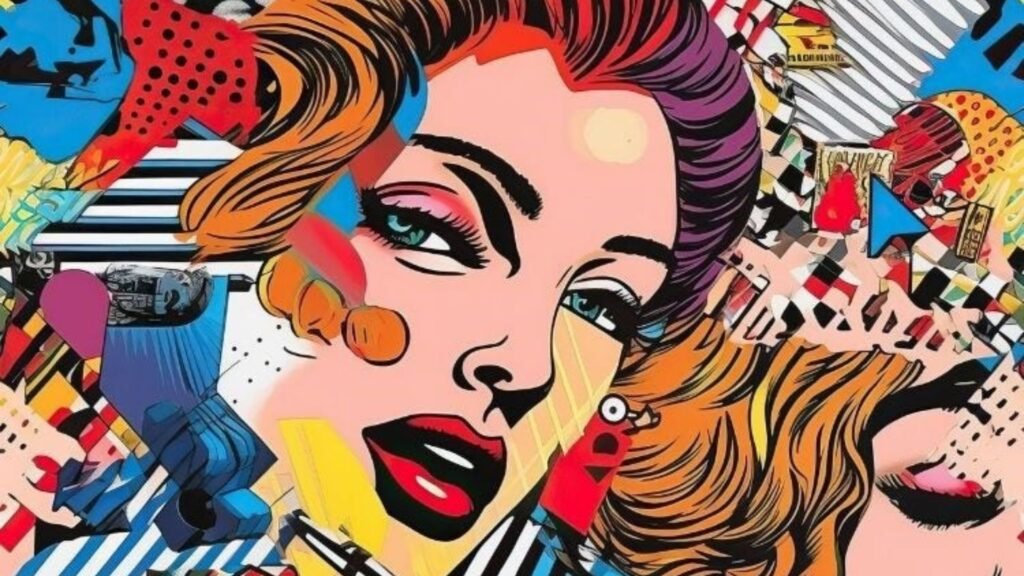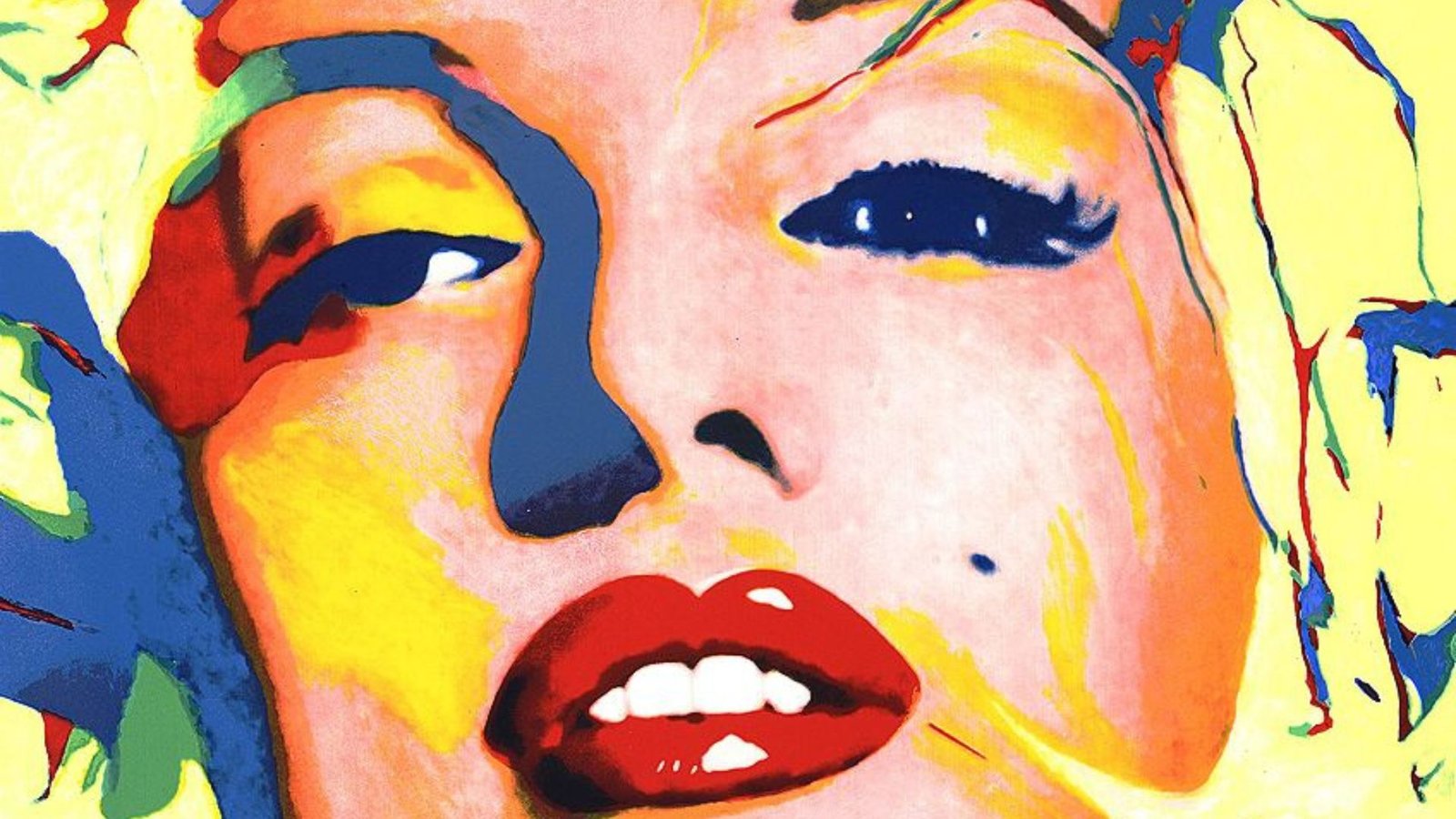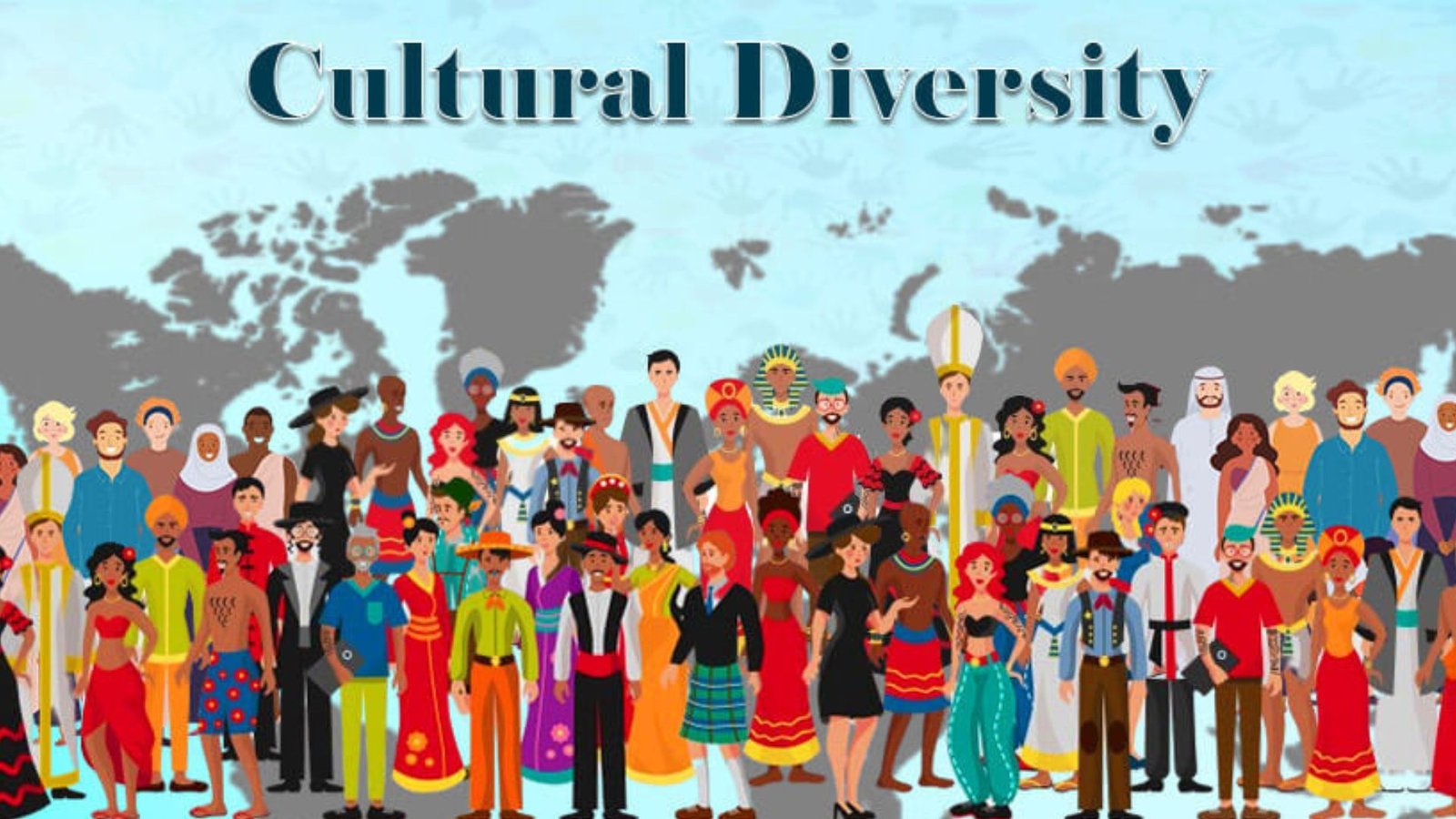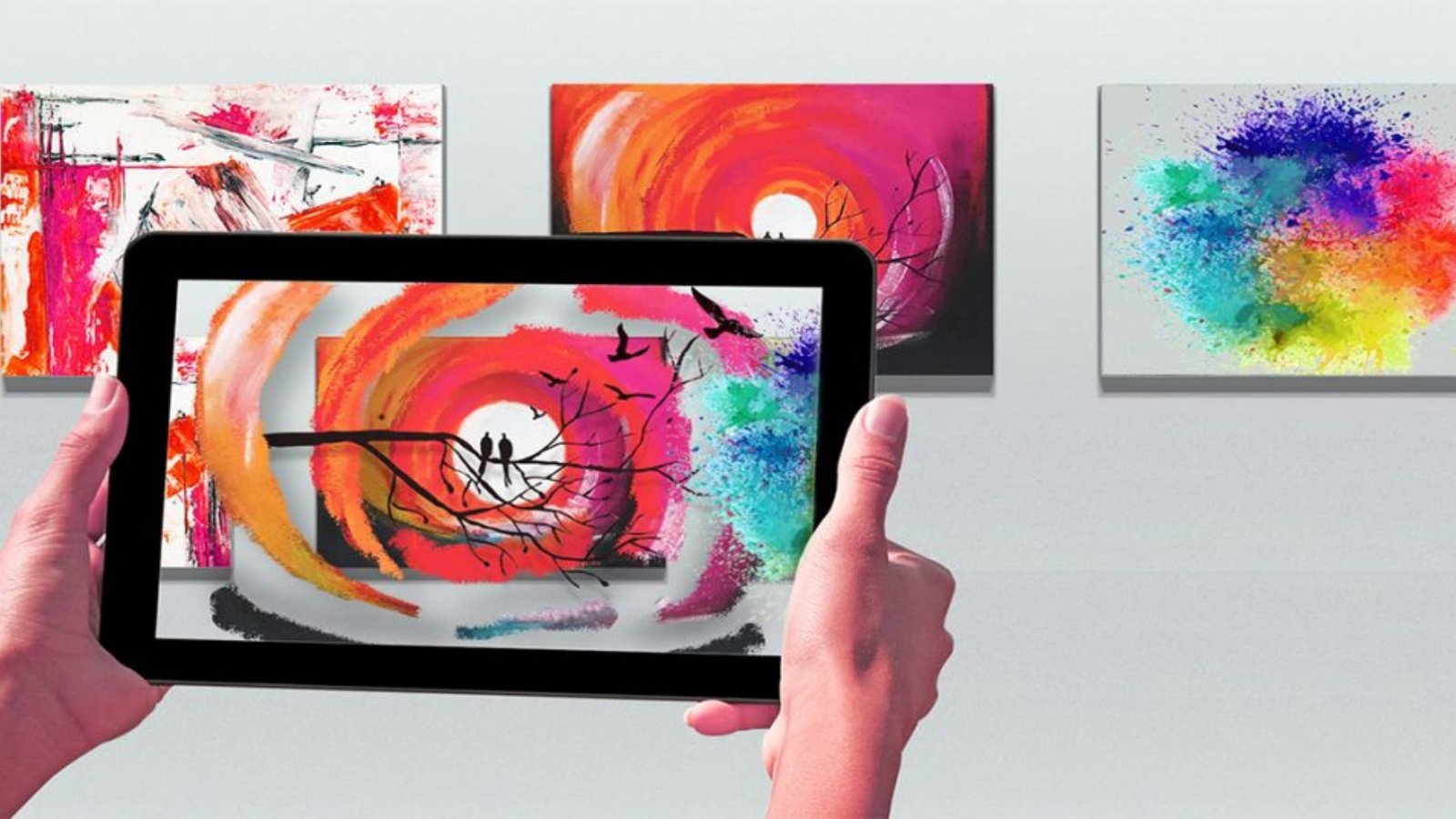The influence of pop culture on visual artists is immense and ever-growing. Pop culture, which includes trends, media, and famous icons, significantly impacts how artists create and express themselves. In this blog post, we will explore how pop culture shapes visual art, its impact on artistic styles, and the ways artists use pop culture to connect with audiences.

How Pop Culture Shapes Artistic Expression
Firstly, pop culture shapes artistic expression in many ways. Visual artists often draw inspiration from current trends, celebrities, and media. This influence is seen in the themes and subjects artists choose to explore. For instance, pop culture references can be found in paintings, sculptures, and digital art. By incorporating elements of pop culture, artists create work that resonates with contemporary audiences and reflects the zeitgeist. This connection to popular themes makes art more relatable and engaging for viewers.
The Impact of Pop Culture on Artistic Styles
Moreover, the influence of pop culture extends to artistic styles and techniques. Artists often experiment with new styles that reflect the aesthetics of popular media. For example, the bold colors and graphic elements of comic books have inspired many visual artists. Similarly, the vibrant, eye-catching designs of advertising and fashion can influence art. This blending of pop culture with traditional artistic techniques leads to innovative and dynamic works. As a result, artists create pieces that are visually striking and culturally relevant.
Examples of Pop Culture Influence in Art
In addition, there are numerous examples of pop culture influencing visual art. The work of Andy Warhol, for instance, is a classic example. Warhol’s famous pieces, such as his Campbell’s Soup Cans and portraits of Marilyn Monroe, reflect the consumerism and celebrity culture of his time. More recently, contemporary artists like Banksy incorporate social and political commentary into their street art, often using pop culture references to highlight their messages. These examples demonstrate how pop culture not only inspires but also shapes the direction of visual art.
The Role of Social Media and Digital Platforms
Additionally, social media and digital platforms play a crucial role in how pop culture influences visual artists. Platforms like Instagram, TikTok, and Pinterest expose artists to a wide range of trends and ideas. Artists can quickly discover and engage with popular culture, allowing them to incorporate current trends into their work. Social media also provides a space for artists to share their work and gain feedback, further blending art with pop culture. This interaction helps artists stay relevant and connect with their audience on a more personal level.
Challenges and Criticisms of Pop Culture Influence
However, the influence of pop culture on visual artists is not without its challenges and criticisms. One challenge is the risk of creating art that feels superficial or overly commercialized. When artists rely heavily on pop culture references, their work can sometimes lack depth or originality. Additionally, there is the concern of artistic integrity being compromised in favor of following trends. To address these issues, artists must balance pop culture influences with their own unique vision and creativity. Maintaining this balance ensures that their work remains authentic and meaningful.
The Future of Pop Culture in Visual Art
Looking ahead, the future of pop culture in visual art holds exciting possibilities. As technology continues to evolve, new forms of media and entertainment will emerge, offering fresh sources of inspiration for artists. Virtual reality, augmented reality, and interactive art will likely become more integrated with pop culture themes. This fusion of technology and pop culture will enable artists to explore new creative avenues and connect with audiences in innovative ways. The ongoing evolution of pop culture will continue to inspire and influence visual artists, shaping the future of artistic expression.
Conclusion
In conclusion, the influence of pop culture on visual artists is profound and multifaceted. From shaping artistic expression and styles to providing new sources of inspiration through digital platforms, pop culture plays a significant role in the art world. While there are challenges in navigating the balance between trends and originality, the opportunities for creativity and connection with audiences are substantial. As pop culture continues to evolve, its impact on visual art will remain a dynamic and essential aspect of the creative process.




